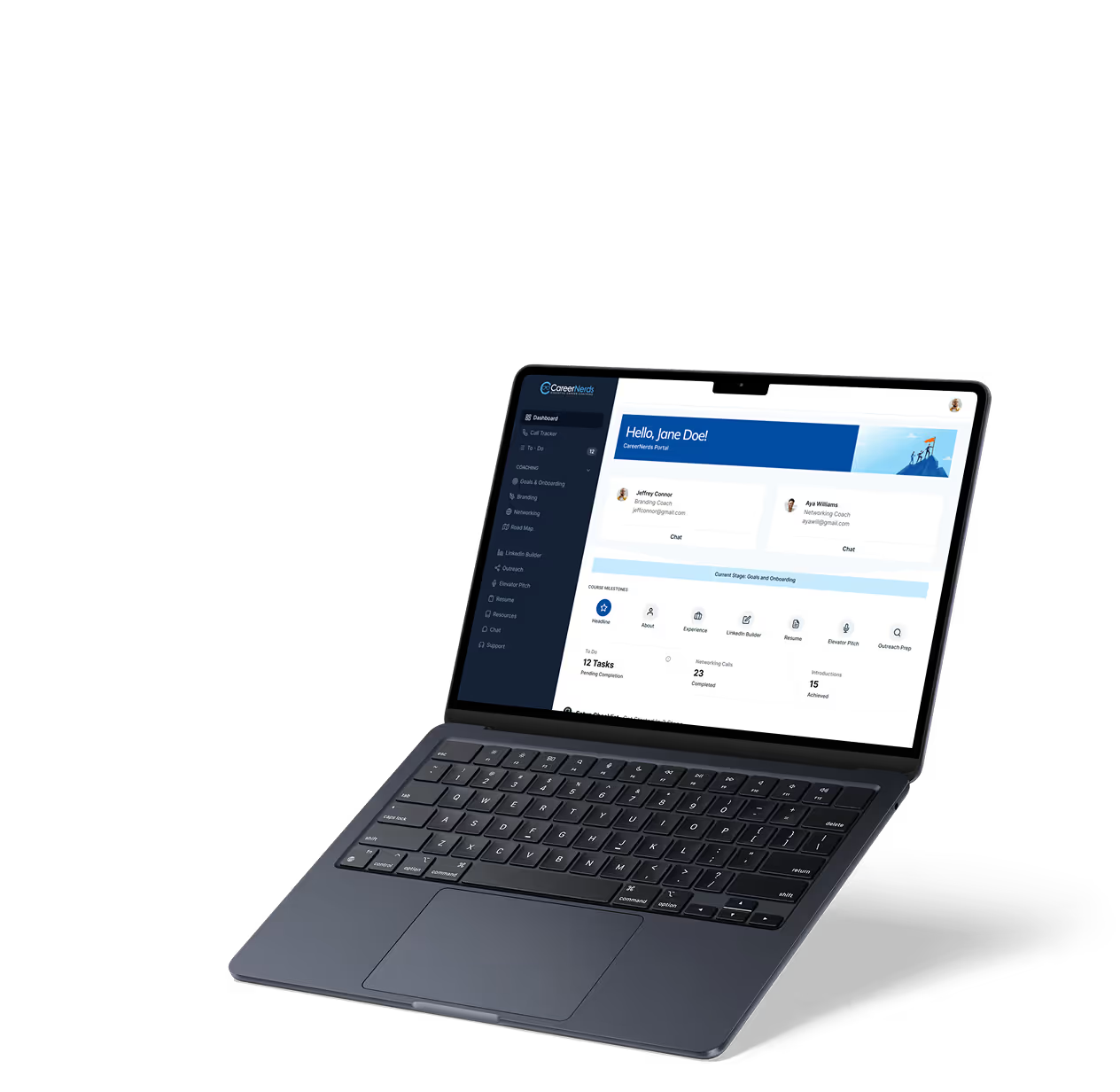FSD in Product Management
Product Management
Explore how Functional Specification Documents (FSD) guide product management for clear, effective development and team alignment.
Introduction to FSD in Product Management
When managing a product, clear communication is key. You want your team to understand exactly what to build and why. That’s where an FSD, or Functional Specification Document, comes in. It acts as a detailed blueprint that outlines the product’s features and behavior.
In product management, an FSD helps you avoid confusion and keeps everyone on the same page. Whether you work with developers, designers, or stakeholders, this document ensures your vision turns into a successful product.
What is an FSD?
An FSD is a written document that describes how a product or feature should function. It covers the product’s requirements, user interactions, and technical details without diving into the code itself. Think of it as a guidebook for your development team.
It usually includes:
- Feature descriptions
- User stories or scenarios
- UI/UX details
- Business rules and constraints
- Acceptance criteria
This clarity helps reduce misunderstandings and speeds up development.
Why FSD Matters in Product Management
Using an FSD brings many benefits to product management. It acts as a contract between you and your team, making sure everyone agrees on what to build. This reduces costly changes later on.
Here are key reasons why FSD is important:
- Clear communication: Everyone understands the product goals and features.
- Better planning: Helps estimate time and resources accurately.
- Risk reduction: Identifies potential issues early.
- Stakeholder alignment: Keeps business and technical teams on the same page.
For example, teams using tools like Bubble or FlutterFlow often start with an FSD to map out app behavior before building visually.
How to Create an Effective FSD
Creating a useful FSD takes careful thought. Here’s a simple process you can follow:
- Gather requirements: Talk to users and stakeholders to understand needs.
- Define scope: Decide what features to include and exclude.
- Write clear descriptions: Use simple language to explain each feature.
- Add user scenarios: Show how users will interact with the product.
- Include acceptance criteria: Define how to know when a feature is done.
- Review and update: Share with your team and revise as needed.
Tools like Notion or Confluence can help organize and share your FSD easily.
Examples of FSD Use in No-Code/Low-Code Projects
No-code and low-code platforms benefit greatly from FSDs. Since these tools let you build quickly, having a clear plan prevents wasted effort.
For instance:
- Glide apps: An FSD outlines user flows and data structure before building the app.
- Zapier automations: Documenting triggers and actions ensures workflows meet business needs.
- Make (Integromat): Mapping scenarios in an FSD helps avoid errors in complex integrations.
These examples show how an FSD supports smooth collaboration and faster delivery.
Common Challenges and How to Overcome Them
Writing an FSD isn’t always easy. Some common challenges include:
- Too much detail: Overloading the document can confuse readers.
- Vague requirements: Unclear goals lead to rework.
- Lack of updates: An outdated FSD loses value.
To overcome these, keep your FSD concise and focused. Use visuals like flowcharts or wireframes to explain complex ideas. Regularly review the document with your team to keep it current.
Conclusion
In product management, an FSD is a powerful tool that brings clarity and alignment. It helps you communicate your product vision clearly and guides your team through development.
By investing time in creating and maintaining a good FSD, you reduce risks and improve your chances of delivering a successful product. Whether you use traditional coding or no-code platforms, an FSD keeps everyone moving in the right direction.
FAQs
What does FSD stand for in product management?
Why is an FSD important for product teams?
What key elements should an FSD include?
How does an FSD help in no-code or low-code projects?
Can an FSD change during the product lifecycle?
What tools can help create and share an FSD?
Related Terms
See our numbers
315+
entrepreneurs and businesses trust LowCode Agency
Investing in custom business software pays off
he team at LowCode Agency didn't just build an app, they transformed how we approach client management. They took the time to understand our methodology and created a solution that enhanced rather than replaced what made us successful.
75%
reduction in time spent on client management through automation
40%
increase in coach productivity within the first month

Tom Kent
,
Founder & CEO
Career Nerds



%20(Custom).avif)